Synergy of combined treatment also confirmed

An innovative comparison of the effects of pharmacologic and behavioral treatments and their combination on youths with ADHD has helped elucidate the strengths and weaknesses of each therapy, while confirming the value of combining medication and behavior therapies.
Cleveland Clinic is a non-profit academic medical center. Advertising on our site helps support our mission. We do not endorse non-Cleveland Clinic products or services. Policy
“Our study provides strong evidence of the real-world effectiveness of medications in treating ADHD symptoms and the additive effects of medicine combined with behavior therapy,” says Michael Manos, PhD, Head of Pediatric Behavioral Health at Cleveland Clinic Children’s. “It also suggests that behavioral intervention alone, when consistently applied, may be equally or more effective in managing emotion.”
Dr. Manos is discussing the study in a presentation at the June 13 Autism and ADHD Symposium that concludes Cleveland Clinic Children’s Pediatric Innovation Summit, being held this week at the Global Center for Health Innovation in Cleveland. His talk is titled “Synergy of Effects in Stimulant Use and Behavior Therapy in Children and Youth with ADHD.”
ADHD is the most common psychiatric disorder of childhood, now affecting 1 in 5 boys and 1 in 11 girls. Its effects typically extend into adulthood and cause considerable financial and emotional impact on families.
Although randomized clinical trials provide strong evidence that ADHD symptoms improve across settings and throughout the course of a day with medicine and behavior therapy, the idiosyncratic benefit of the two approaches together is little understood. And while medication is generally first-line therapy, outcomes vary greatly when behavior therapy is included.
“Treatment nonadherence is high, and most children discontinue their ADHD medication within the first year,” says Dr. Manos. “Markers of improvements are absent or unused. Rather, a ‘prescribe and wait’ philosophy is employed. Expectations may not be realistic, since parents tend not to discuss the risks and benefits of ADHD medications with primary care physicians.”
Past clinical trials of ADHD medications had compared shorter-acting stimulants with placebo. The Cleveland Clinic pediatric behavioral health experts saw a gap that they sought to fill. “To our knowledge, no published studies had examined the unique effects of long-acting stimulant medications with behavioral intervention and their combination,” Dr. Manos notes.
He and his colleagues hypothesized that replicating the design of large clinical trials comparing the treatments on a smaller scale would provide valuable information that is typically not available in larger trials. “Our idea was to study a large number of variables on a few children, rather than few variables on a large number of children,” he explains.
They tested their theory on 25 six- to 12-year-olds with ADHD attending a seven-week summer treatment program camp with a highly intensive behavioral component.
The protocol called for alternating all three treatments — medical, behavioral and the combination of the two — day by day during weeks 3 to 5. On weeks 1 to 3 and week 7, all children received the combination therapy. The first dose was administered upon arrival, after which the campers enjoyed an active schedule under close observation until being retrieved by their parents at 5:30 p.m. or, one day a week, at 9 p.m.
All three treatment protocols were found to be effective, but in different situations.
The combined and medicine-only treatments were comparable in improving total conduct problems for most of the day. All three treatments were similar until about 11 a.m., when the combined approach showed a superior advantage.
Behavioral intervention, however, was just as effective as medicine in reducing frustration tolerance and emotional lability for most of the day. Behavioral therapy was also superior at improving peer relations. “It’s possible that medications may suppress positive peer interactions,” Dr. Manos says.
Older children, but not necessarily younger children, performed better when behavioral therapy was included.
“The magnitude of difference between the three treatments — medicine only, behavior therapy only and the two treatments combined — was quite large in some cases, illustrating the need to include behavioral intervention whenever possible,” Dr. Manos notes. “This may be especially important if a child is having difficulty getting along with others.”
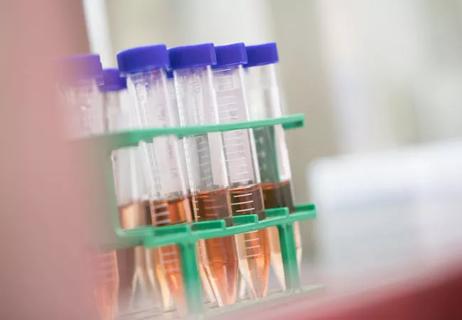
Consider offering your patients enrollment in a leading-edge clinical study
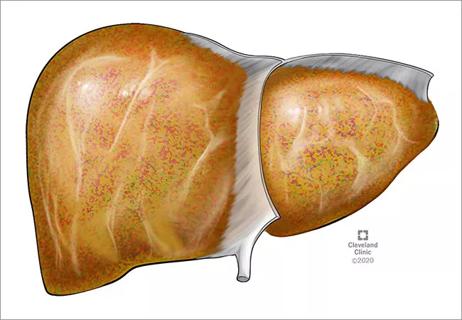
Findings underscore need for early screening and close follow-up

Consider offering your patients enrollment in a leading-edge clinical study
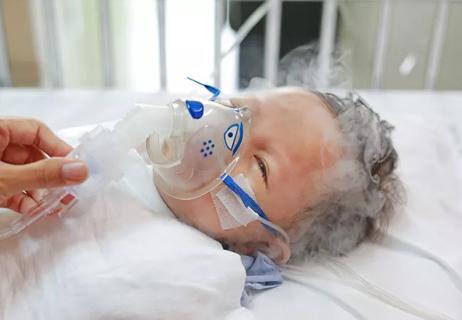
Titanium dioxide nanoparticles exaggerate inflammation induced by RSV
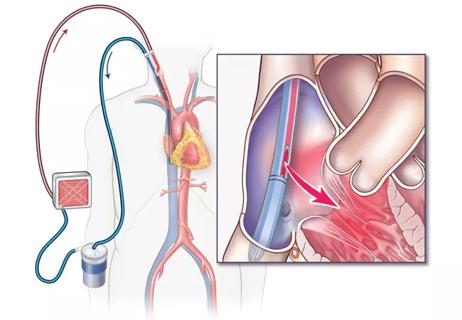
Study supports using the direct thrombin inhibitor
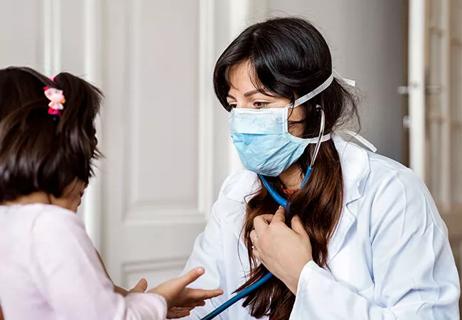
Estimating risk remains elusive

The search for predictive factors continues
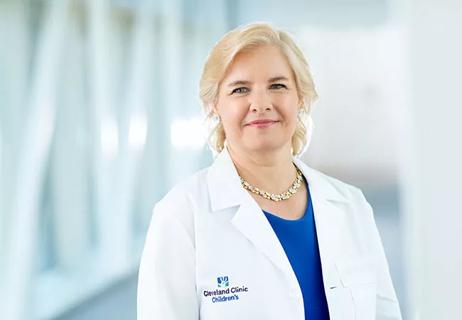
A conservation with Karen Murray, MD